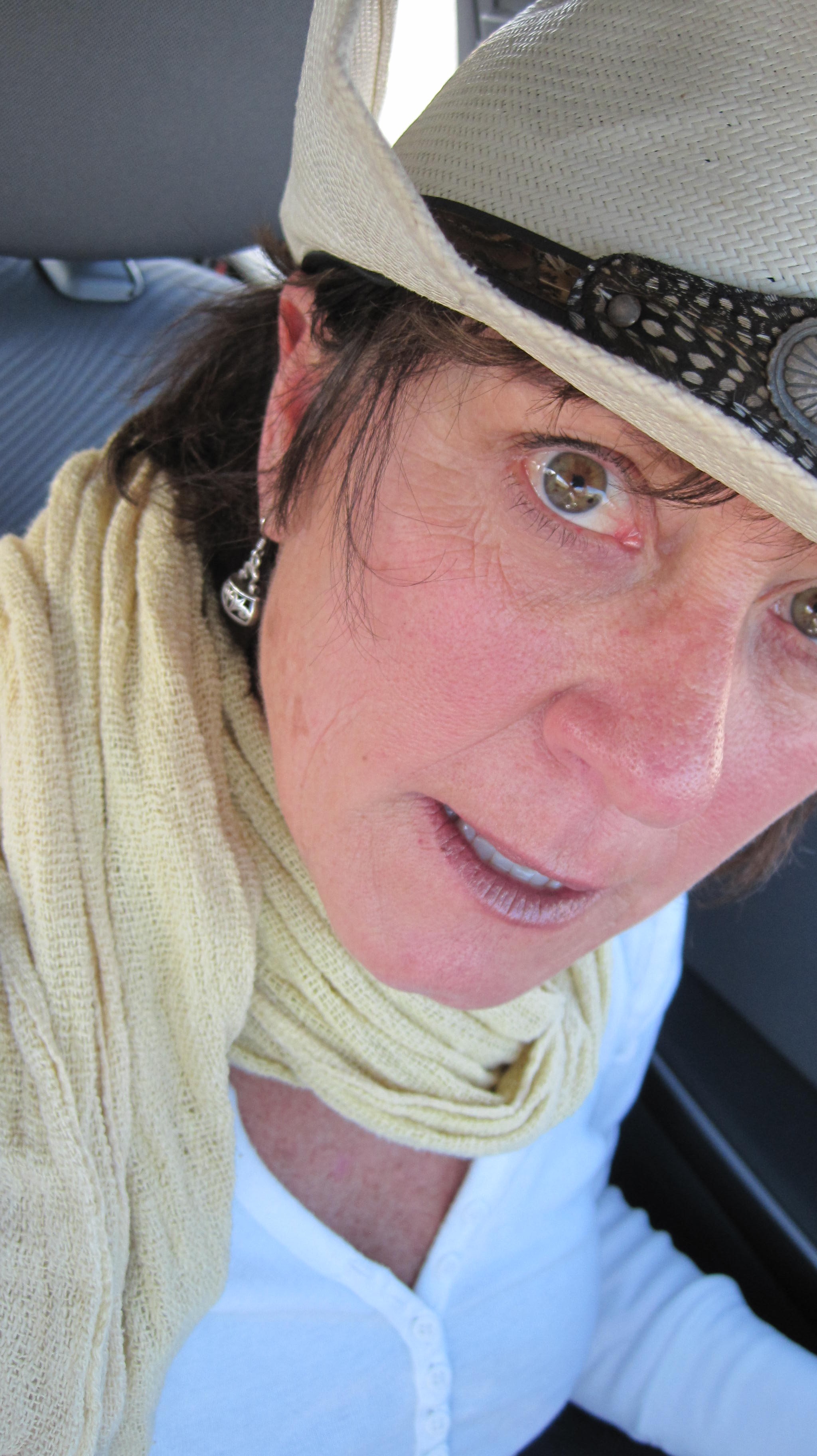 Last week, in the lazy thick of summer, my friend V and I woke up in her lake house, a small cottage on the edge of a town with no stoplights, no commerce, no noise. I read, she wrote, I napped, we hiked. The hours noodled on. The day was more like a cloud than a parking lot, and the unstructuredness of it all invited a burst of joy that I could only respond to by genuflecting.
Last week, in the lazy thick of summer, my friend V and I woke up in her lake house, a small cottage on the edge of a town with no stoplights, no commerce, no noise. I read, she wrote, I napped, we hiked. The hours noodled on. The day was more like a cloud than a parking lot, and the unstructuredness of it all invited a burst of joy that I could only respond to by genuflecting.
Gauzy, indolent summer. The season of cloud spotting, ice cream on a stick, and naps. The season when I can rewild my time.
When I was a kid, I thought of time as something that was poured into measuring cups of 24 hours a day, seven days a week, four weeks a month and 12 months a year. A year was a towering pyramid of days, an ungrokable length of time. The way I imagined it back then, time went into the cups as a liquid but instantly congealed and glommed onto number and made calendars, clocks, schedules. Numbers have their endearing utility, certainly, but they do not make the most vivacious party guests. (Nor do most of the mathematicians I know.)
Around 13 years old, after marinating in the public education system for a half decade, I began to experience time as something encoded in the seasons. It became less a concrete collection of units and shapeshifted into what I can only call a runny pudding. Time then was swimmable, but the texture would not make it an easy go.
This new experience of time had nothing to do with an agriculturally astute understanding of the ebb and flow of light and temperature, the migratory patterns of animals, or the fruits and flowers blooming into their annual appearances. My take on time as season-based was about size and shape. Time is a smeary enterprise and needs to bleed into unruly and oversized frames of motion and happening. Days and weeks were puny, insufficient vessels, incapable of the free-range expanse that time needed to do what time does. I was pretty certain that sometimes it just wanted to be left alone and forgotten. I tried to oblige, but productivity can be a force and an orthodoxy more powerful than gravity.
In my high school days and on into my first few years of university, I began to think of time in years. In my mind, a year was a pizza cut into four equal pieces: three of the slices were the seasons when I was indentured into school. One slice was the season where time unmoored, elongated and stopped being so bossy—summer. In summer, time was mine to bend and spend. We got along best when I ignored it.
After university, I fledged into the larger world. Clocks, date books, agendas and calendars weaseled in with the rest of the set design of adulthood. If a year was still a pizza, none of the slices felt like mine any more. Grown-up working life clouded over my seasonal experience of life unfolding. The time that I had once thought of as mine and free from the strictures of schedule was no longer doled out in one big season. It was crumbled into my life—weekends, holidays, the annual two-week vacation. And the years passed.
Henry David Thoreau has been quoted as declaring that we should beware of all enterprises that require new clothes. I want to be quoted as declaring that we should beware of all enterprises that require a timepiece.
Now, during these gooey, languid July days of 2024, I am miles away from my childhood and yet, closer to it than I’ve been in a long time. To everything turn, turn, turn.
Seven years ago I returned to university teaching after a 10-year detour into the arts. The joys of returning to teaching are manyfold and include revisiting the tidal patterns of my youth. My inner chronometer oscillates again on well-worn grooves carved during high school years. Seasons and semesters are how I apportion my life and parse my experience of moving from here to there. Or not moving much at all.
This summer I am slowing and softening into less is more. I want to think more about ma, the Japanese concept of time and space as a pause, an absence. Ma turns toward emptiness as a ripe source of possibility. Ma recognizes that intervals contribute to growth and harmony. Nine months a year are go to the max, a refrain played in 4/4 time. How can I make this summer the space between the notes?
At the end of that July summer day not so long ago at V’s lake house, we sat on the porch watching swifts careen across the dusky sky. The lake was glassy, the wind was still. Cow poop and cut grass perfumed the air. We were silent together for a long spell. The clouds idled by. We sipped our wine. After a while, we rose to stack the dishes and clear the table.
It was time to call it a day.

